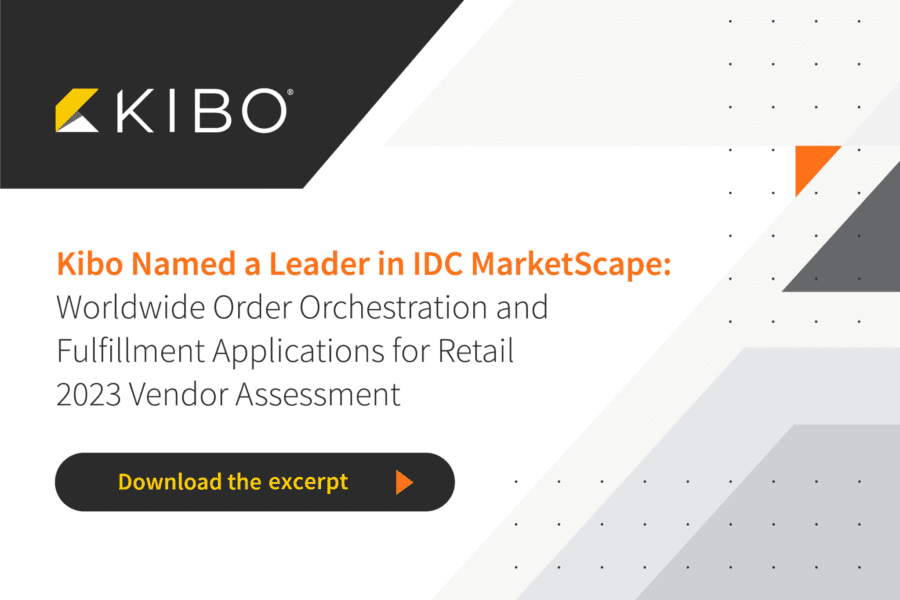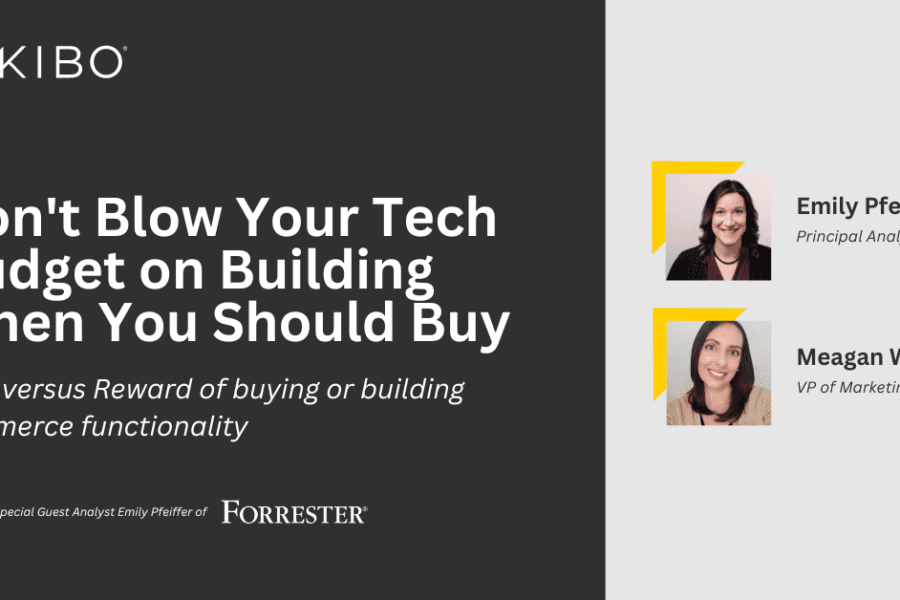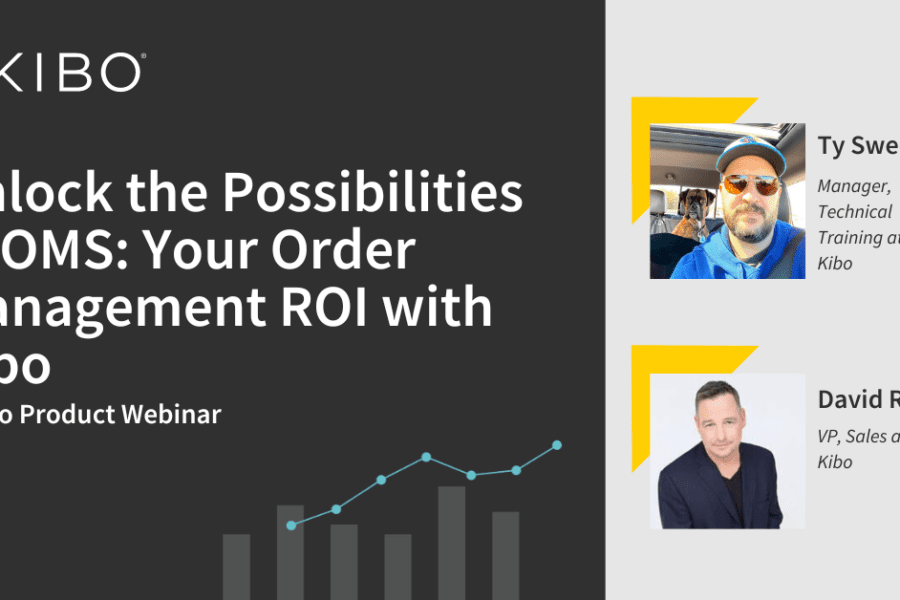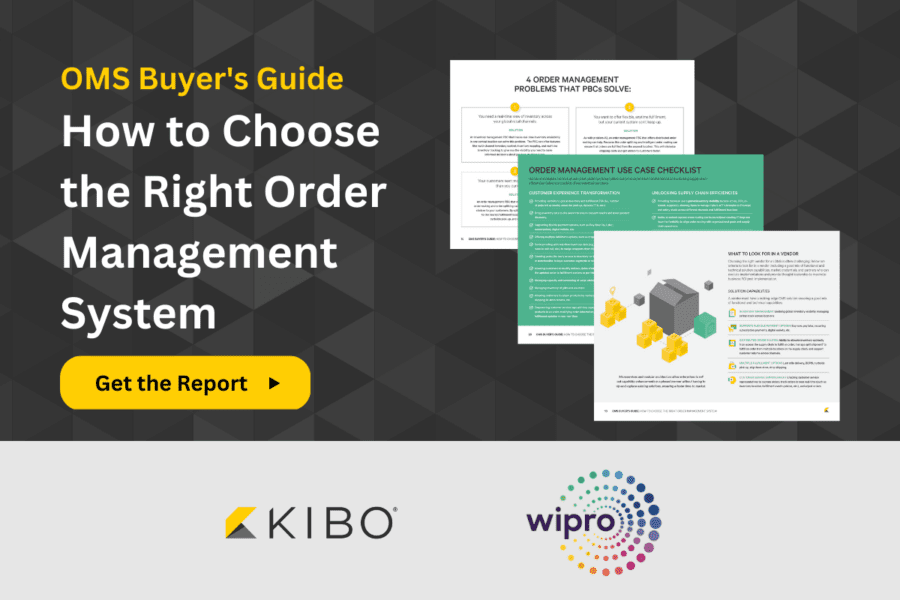
Reports & Analysis
Kibo Commerce Resouces and Reports
Stay up to date on retail trends with the latest industry reports, analysis, and thought leadership from your partners at Kibo.
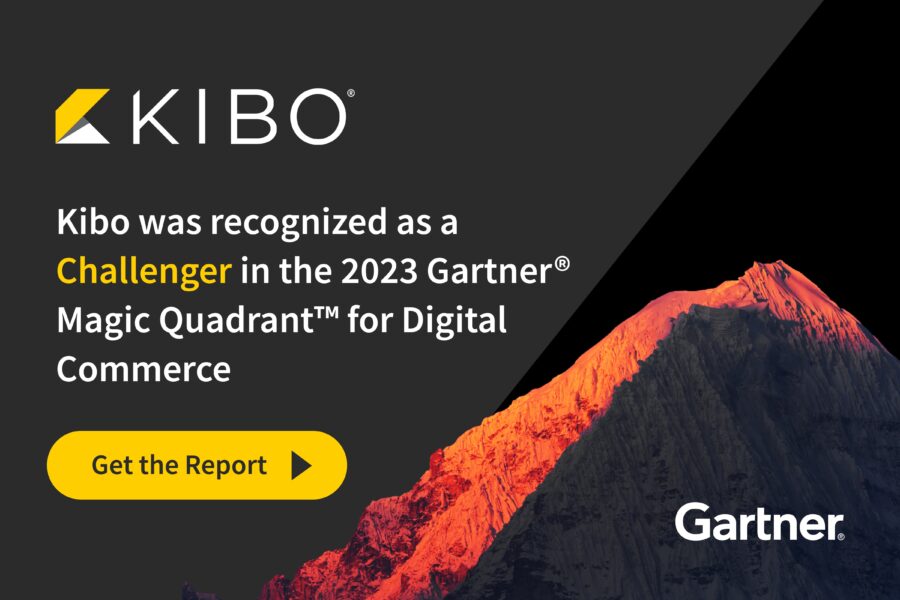
2023 Gartner® Magic Quadrant™ for Digital Commerce
Published annually, the Gartner Magic Quadrant report provides insights to help businesses evaluate transformative digital commerce platforms and make smart business decisions. In this year’s report, we were recognized as a Challenger for our Ability…
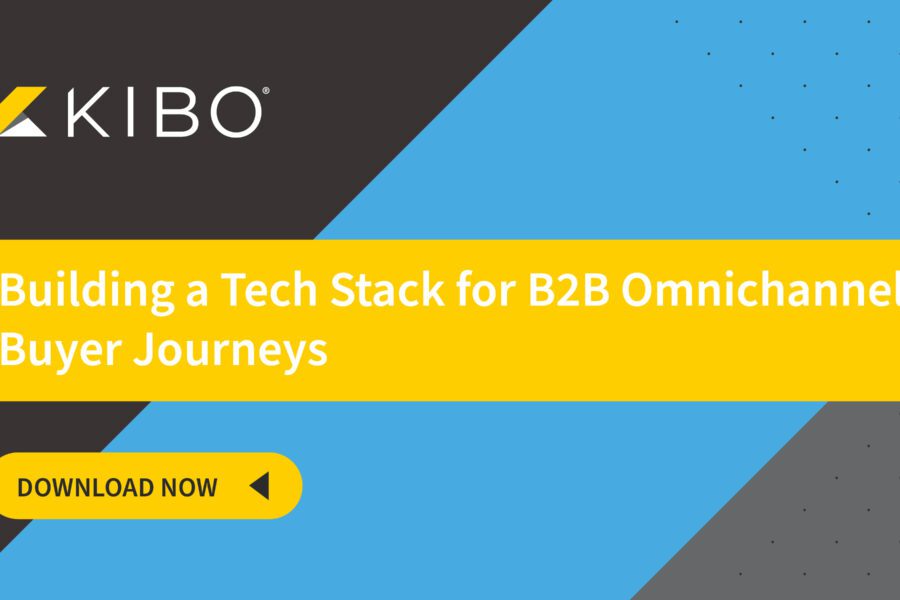
Guide to Building a Tech Stack for B2B Omnichannel Buyer Journeys
Learn how to navigate the complexities of selecting the perfect blend of technologies—eCommerce, order management, and subscriptions—for customer-centric B2B omnichannel commerce.
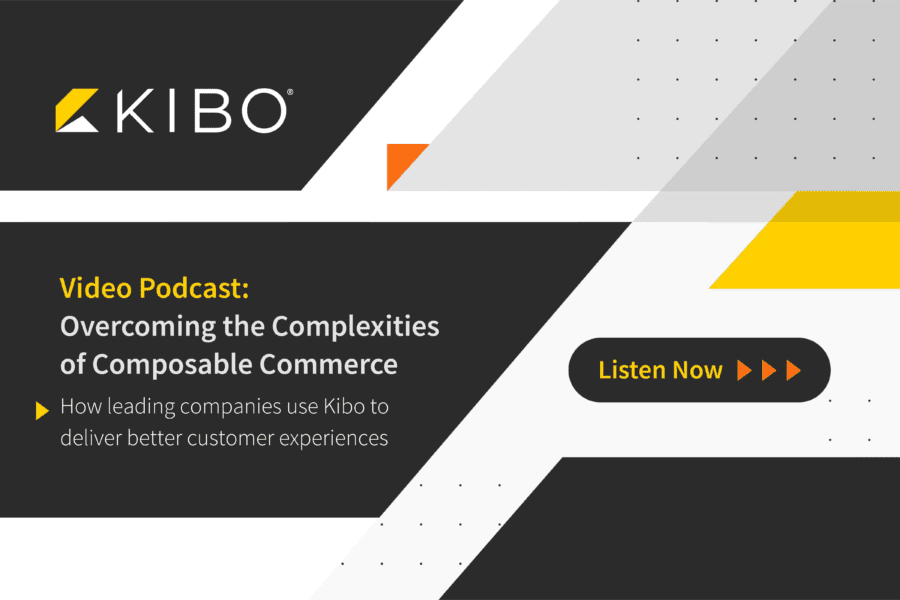
Podcast: Overcoming the Complexities of Composable Commerce
Kibo CEO, Ram Venkataraman, and MACH Alliance Board Member, Jon Panella, sit down and discuss the overcoming the common challenges of composable commerce.
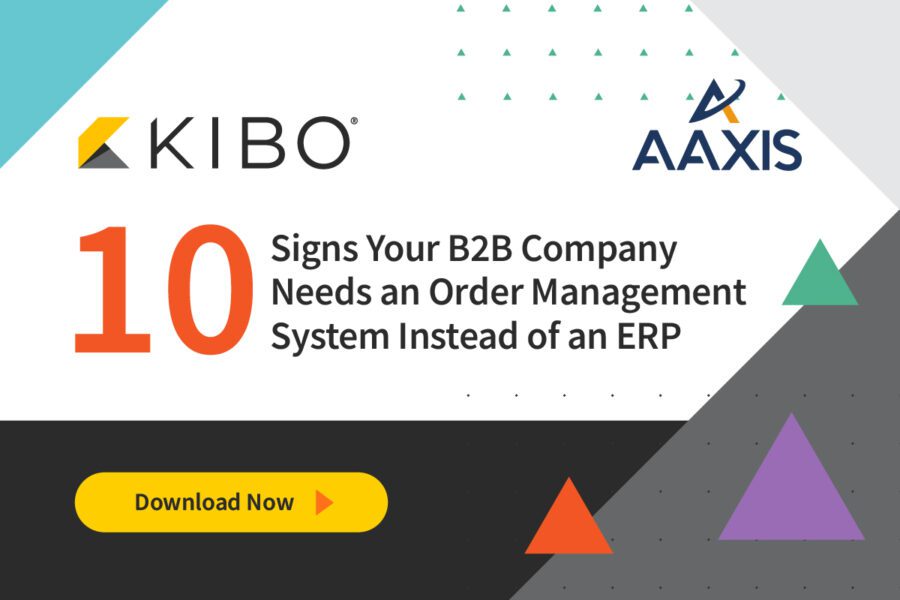
10 Signs Your B2B Company Needs an Order Management System Instead of an ERP
Is it time to implement an OMS, either alongside or instead of an ERP? B2B experts share the telltale signs.
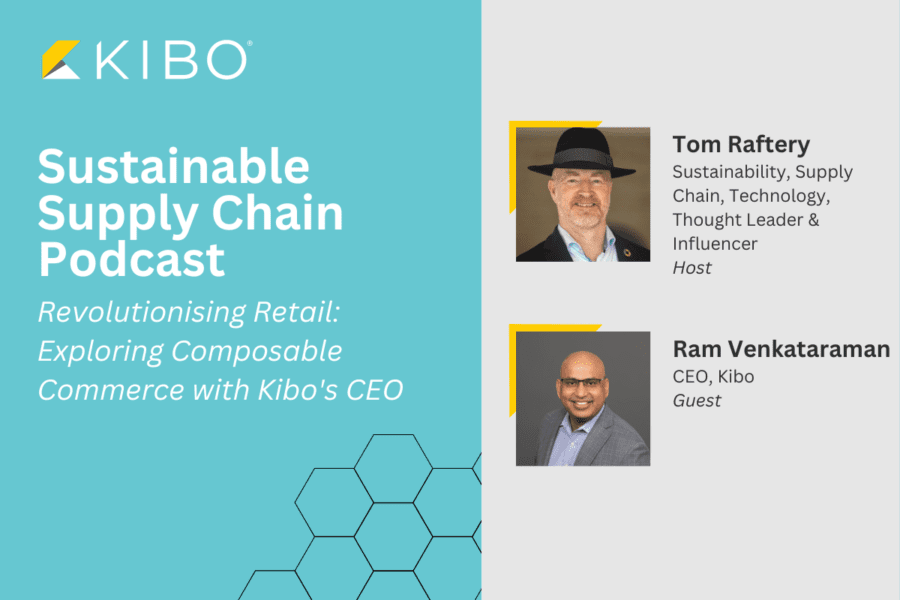
Podcast: Exploring Composable Commerce with Kibo’s CEO
How is Composable Commerce Transforming the Digital Landscape? In one of the most recent episodes of the Digital Supply Chain podcast, the host had the pleasure of speaking with Ram Venkataraman, the CEO of Kibo.…
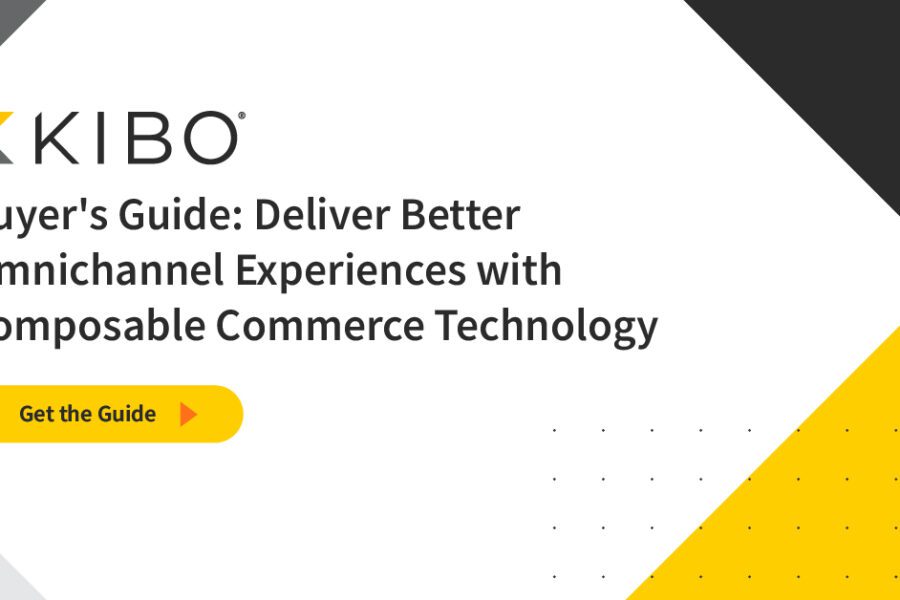
Buyer’s Guide: Composable Commerce Technology to Achieve B2C & DTC Omnichannel Commerce
Unlock Seamless Omnichannel Success Do you have the right technology to fulfill brand promises? In today’s ever-evolving retail landscape, consumers demand seamless and unified shopping experiences across all touchpoints, be it in-store, online, or through…
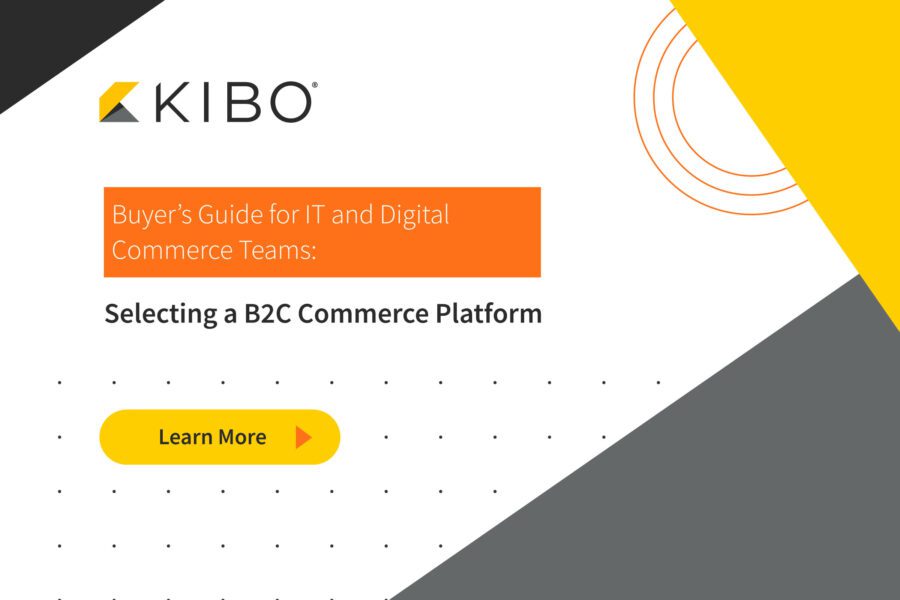
Buyer’s Guide for Selecting a B2C Commerce Platform
Your first step towards a seamless, scalable, and customer-centric B2C commerce platform In the ever-evolving landscape of digital commerce, choosing the right B2C commerce platform is a critical decision. It can either propel your business…
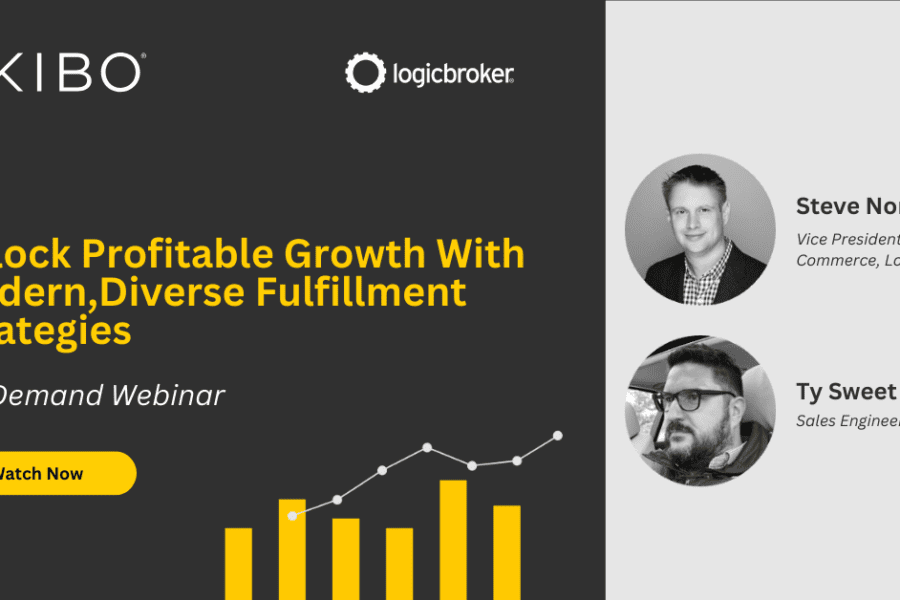
Webinar | Unlock Profitable Growth With Modern,Diverse Fulfillment Strategies with Logicbroker
We teamed up with Logicbroker for an on-demand webinar to help retailers create a plan for modernizing and diversifying their fulfillment strategies and discover the hidden value of an OMS and dropship program.
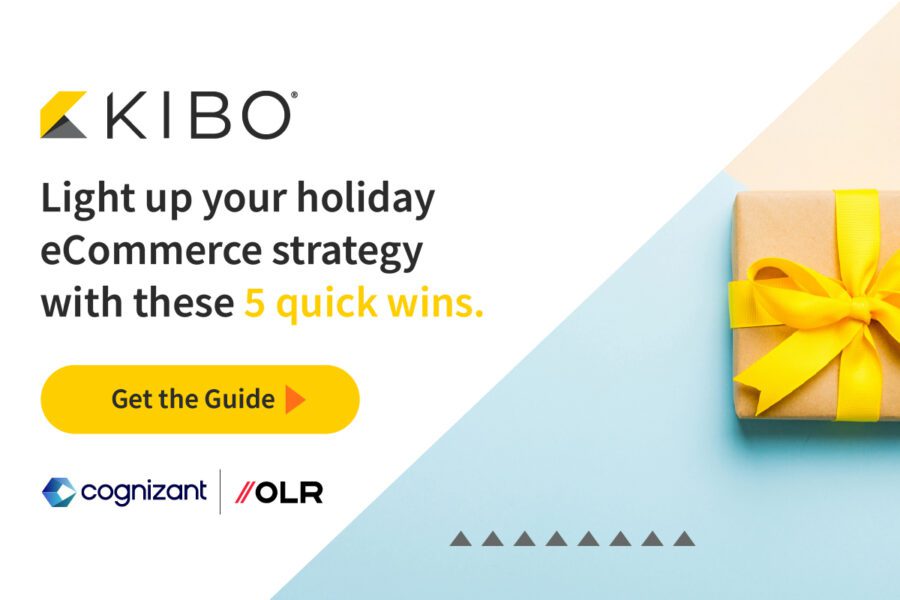
5 Quick Wins to Drive Holiday Sales
Is your eCommerce site ready for peak holiday shopping? Coresight Research predicts that 2023 holiday sales will be up by single low digits YOY—potentially a smaller increase than 2022. As a result, the competition for…
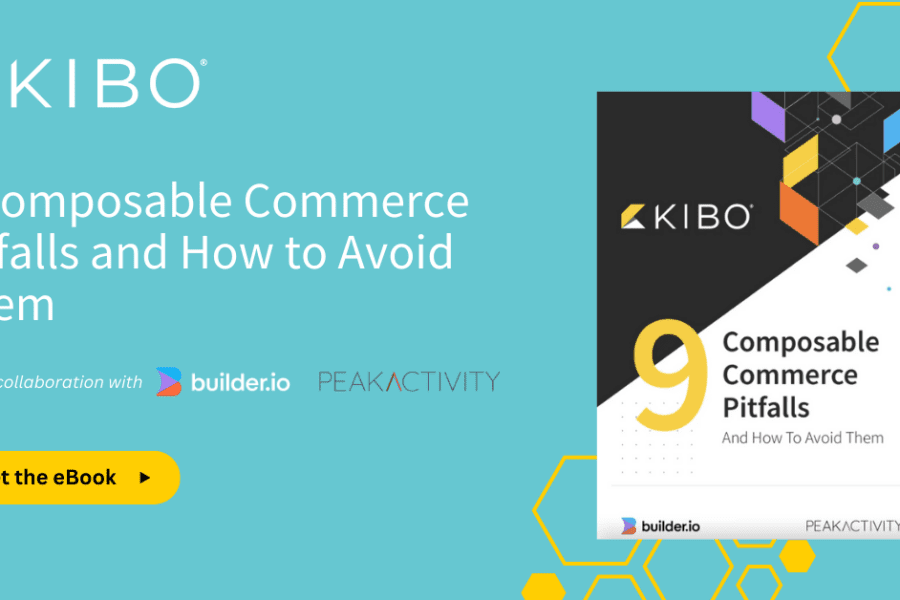
Partner eBook | 9 Composable Commerce Pitfalls
Check out our eBook with our partners Builder.io and PeakActivity: 9 Pitfalls of Composable Commerce and How to Avoid Them to take the guesswork out of going composable.
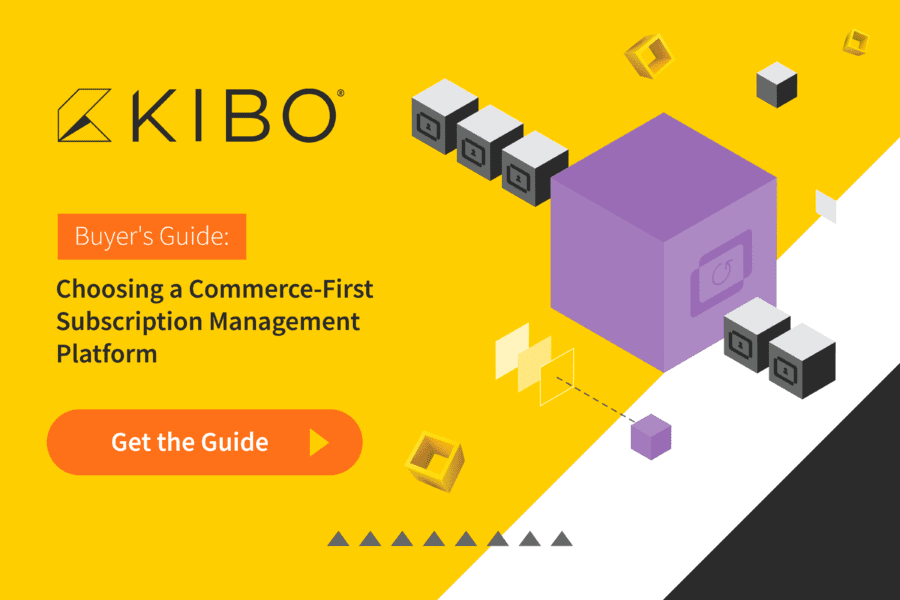
Buyer’s Guide: Choosing a Commerce-First Subscription Management Platform
Are Subscriptions Dying? No, Just Bad Subscription Experiences. Subscription commerce isn’t new, but the way companies manage subscriptions is evolving. Customers expect transparent, timely, and customizable subscription experiences, which typically go beyond the capabilities of…
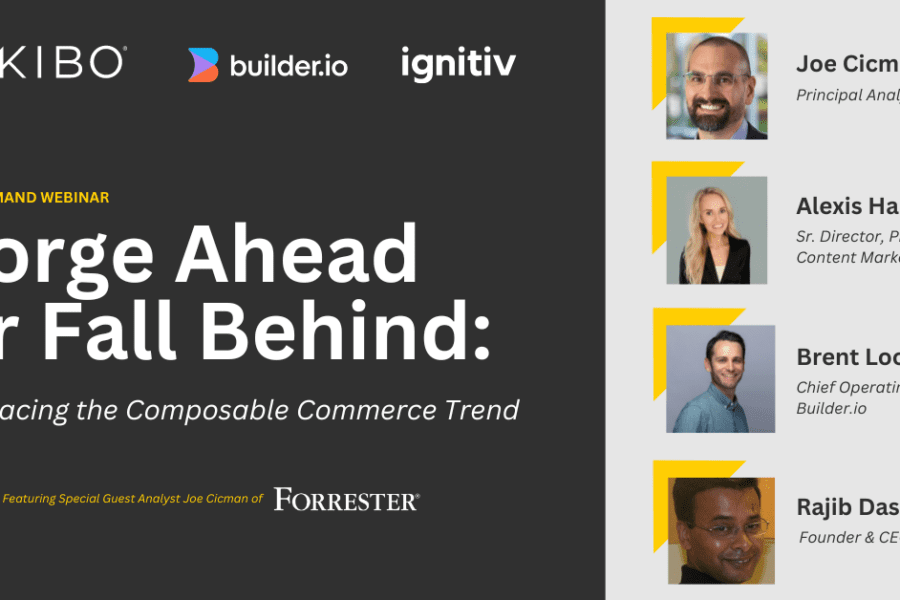
On-Demand Webinar: Forge Ahead or Fall Behind with Forrester
Join Kibo, Builder.io, Ignitiv, and special guest analyst Joe Cicman from Forrester as we discuss the labyrinth of decisions, architectural complexities, and unknown unknowns in the pursuit of digital transformation with composable commerce through the…

2023 Gartner® Magic Quadrant™ for Digital Commerce
Published annually, the Gartner Magic Quadrant report provides insights to help businesses evaluate transformative digital commerce platforms and make smart business decisions. In this year’s report, we were recognized as a Challenger for our Ability…
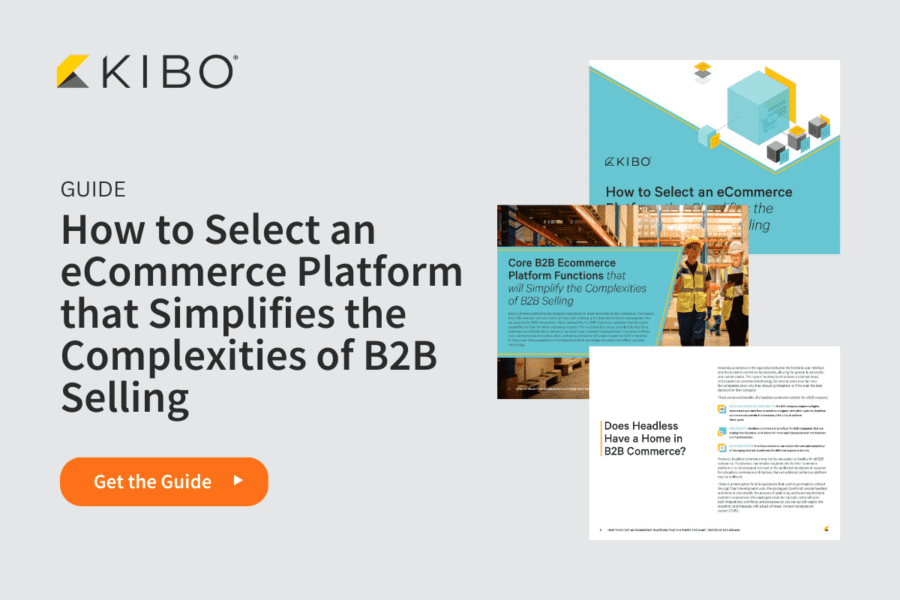
How to Select an eCommerce Platform that Simplifies the Complexities of B2B Selling
This guide helps B2B buyers understand the functions B2B eCommerce platforms provide, what questions to ask when evaluating vendors, and when a B2B company should choose all-in-one platforms over best-of-breed and vice versa.
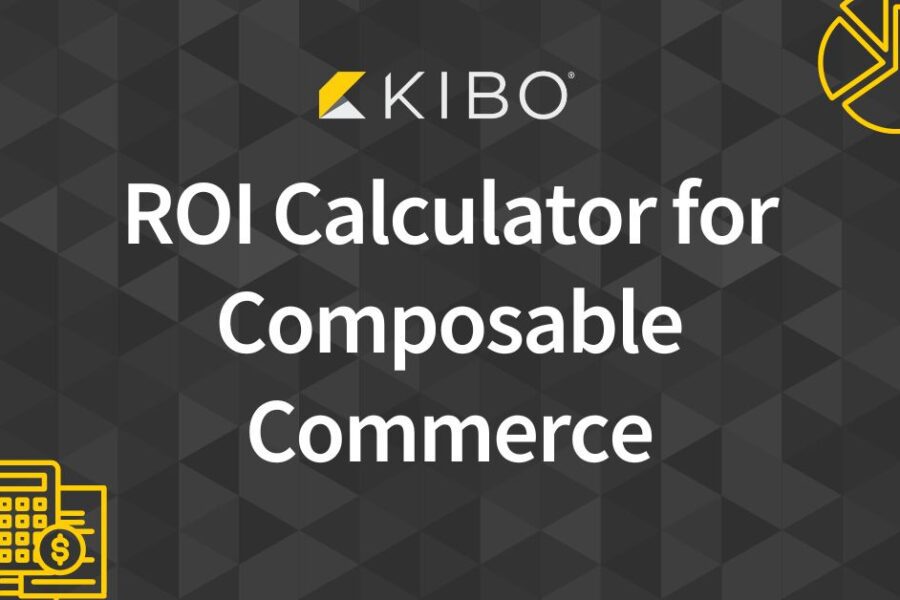
ROI Calculator for Composable Commerce
Explore the potential benefits of unified commerce for your business with our tailored calculator.
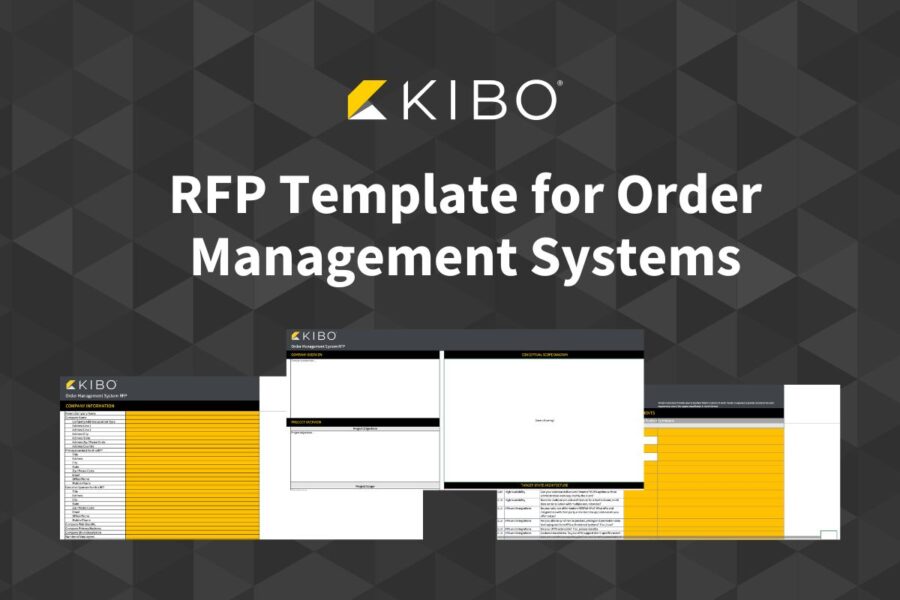
Order Management System RFP Template
The editable RFP template will help you narrow your search and find an OMS solution that can meet your business and technical needs while future-proofing for evolving marketing and consumer trends.
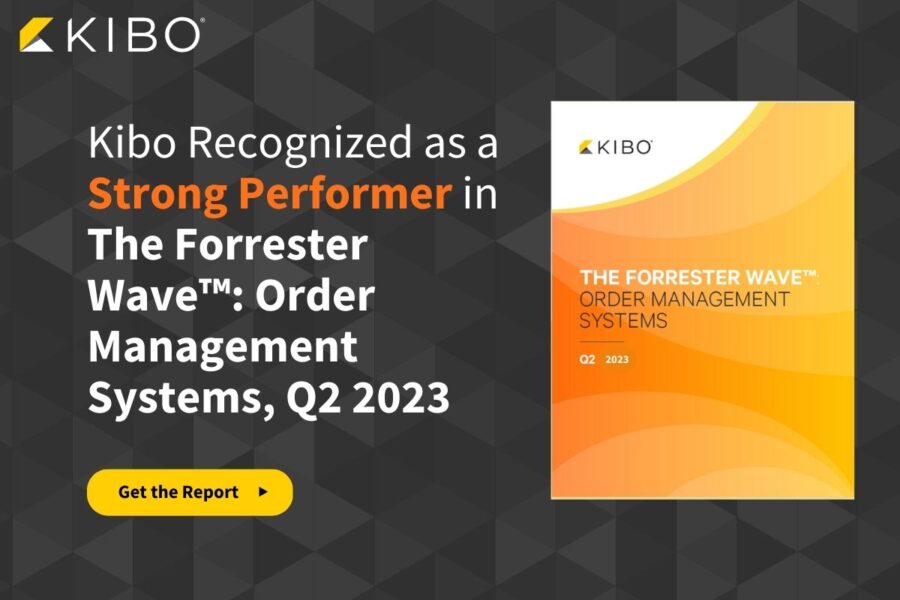
The Forrester Wave: Order Management Systems, Q2 2023
Kibo named as a Strong Performer in The Forrester Wave™: Order Management Systems, Q2 2023 With order management becoming an increasingly critical component of the customer experience, it’s never been more important to find a…

Discover the Modular Approach to eCommerce Order Management
See how Kibo can change the way you deliver unified customer experiences with a modern, microservices-based, API-first technology-powered eCommerce order management platform. Start delivering complex customer experience and improving operations with Kibo as your partner.
